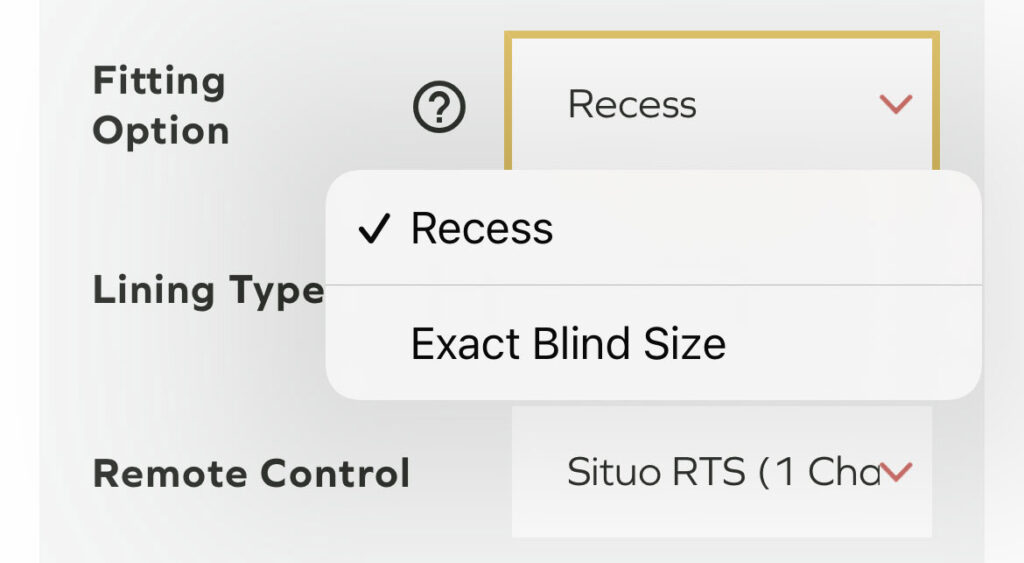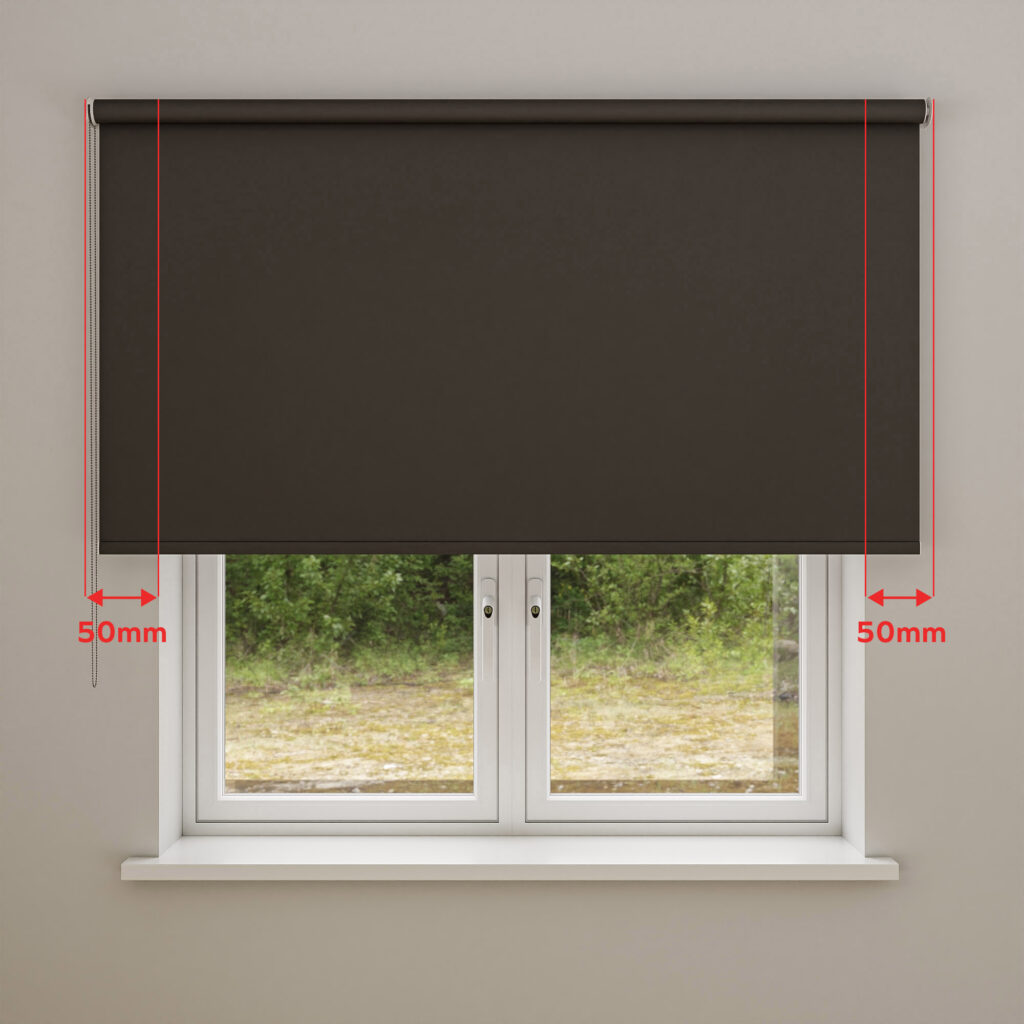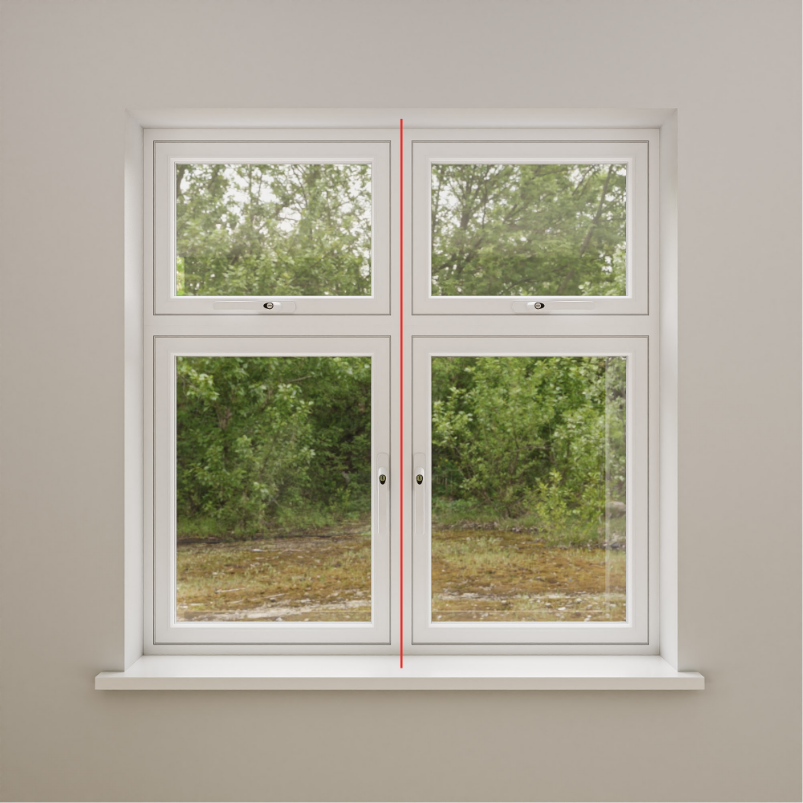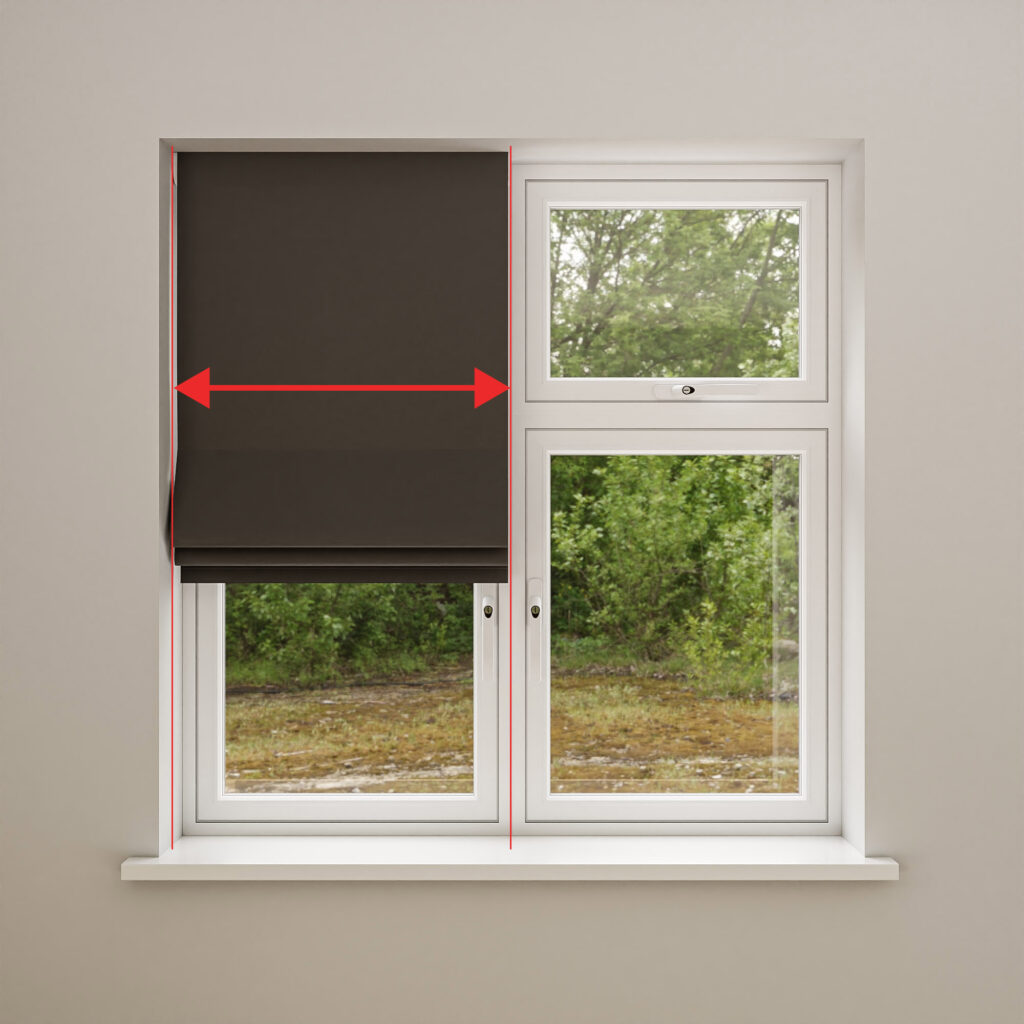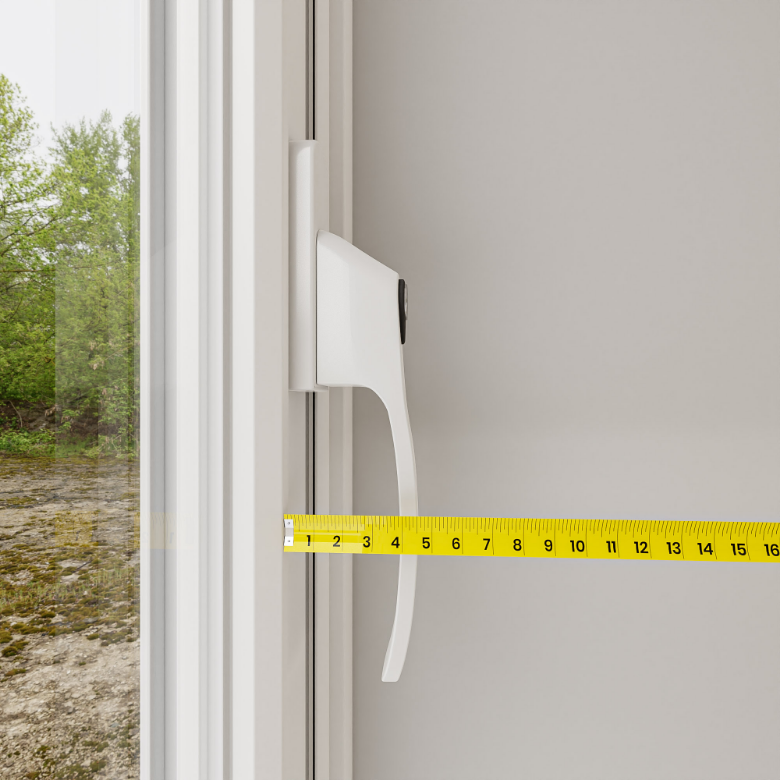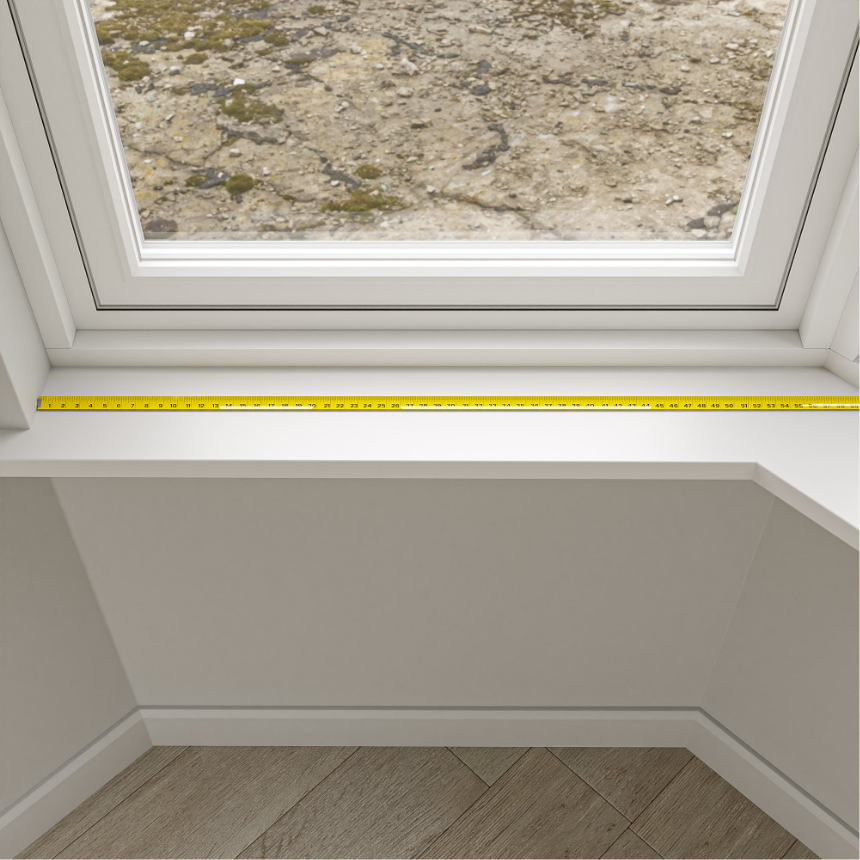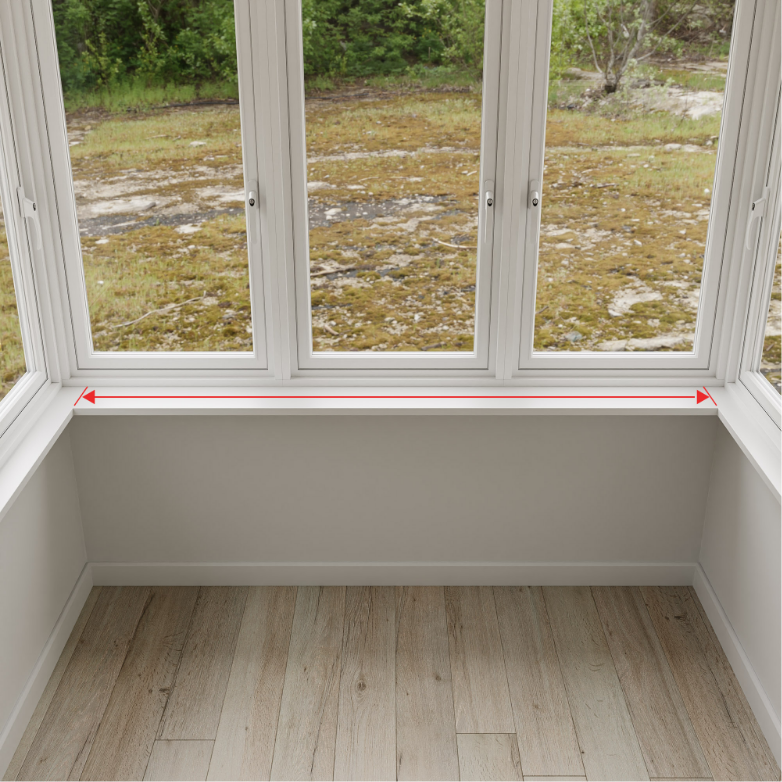Measure the width of the recess in at least three places where you would like to install your blind. You will use the smallest of these figures as your width measurement when ordering your blind.
Important!
Check your depth – To allow sufficient room for your blind to operate, it’s important that there is a minimum of 50mm depth clearance between the farthest point of any obstruction and the front of the recess.
Check for any width obstructions – Any obstructions in your recess (tiles, etc.) may reduce its effective width. Find the effective width by measuring between these points. Use this figure as your width measurement when ordering your blind. Please note: Your external battery pack can be top or face fixed into your recess, using the clips provided. (Please bear this in mind when measuring.)
 About Us
About Us Free Samples
Free Samples Blinds on Finance
Blinds on Finance My Account
My Account Measuresafe
Measuresafe No Drill Blinds Comparison
No Drill Blinds Comparison





